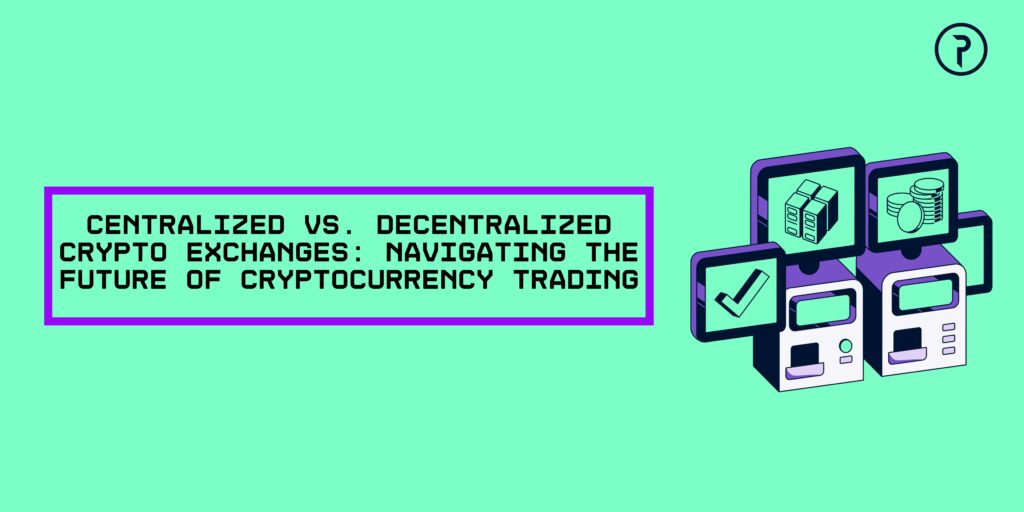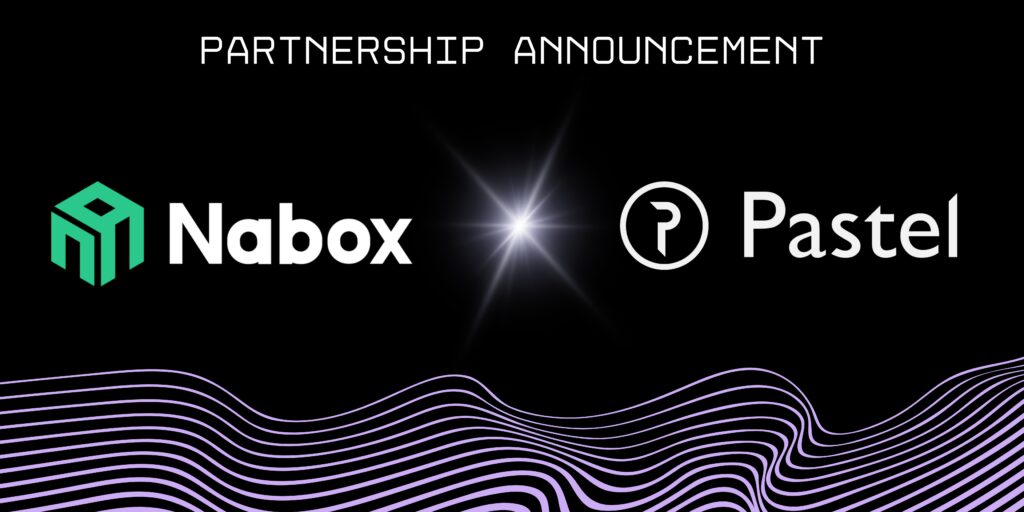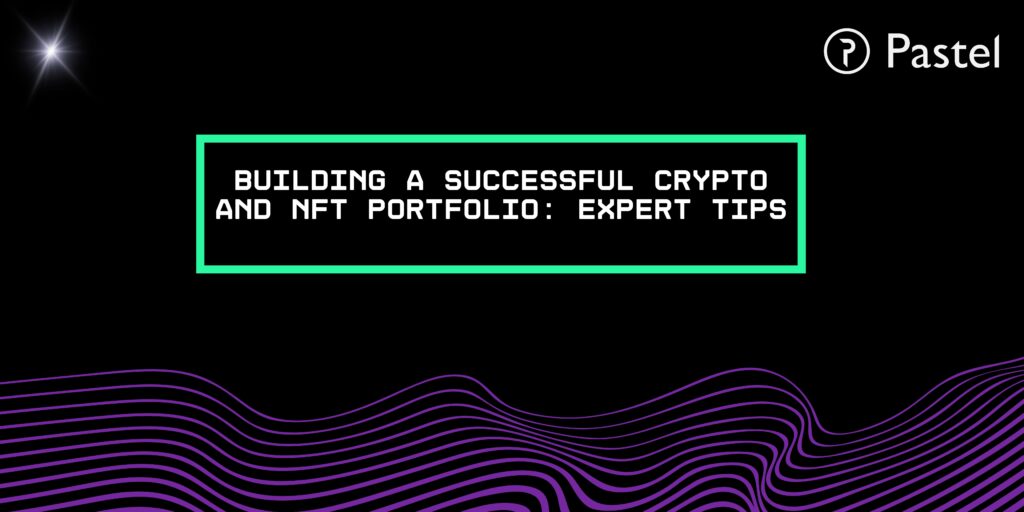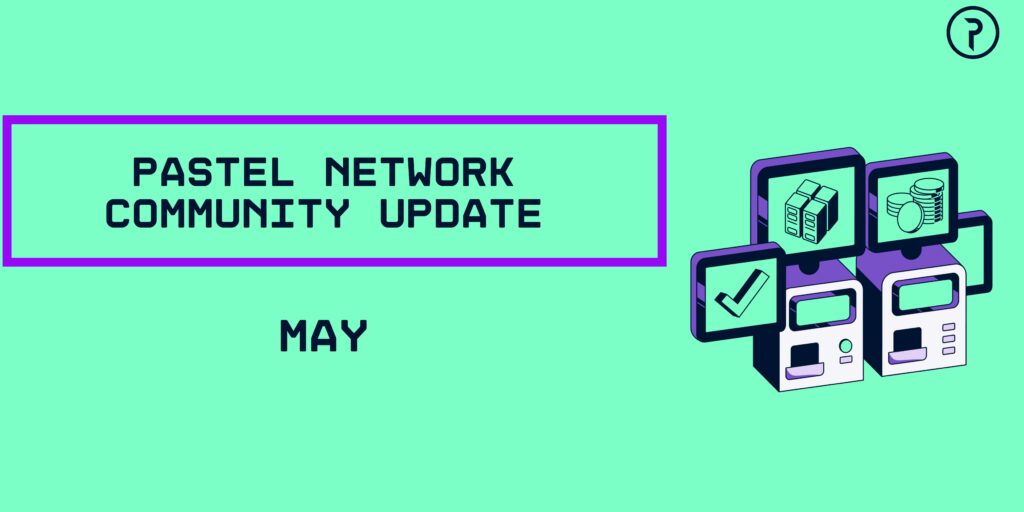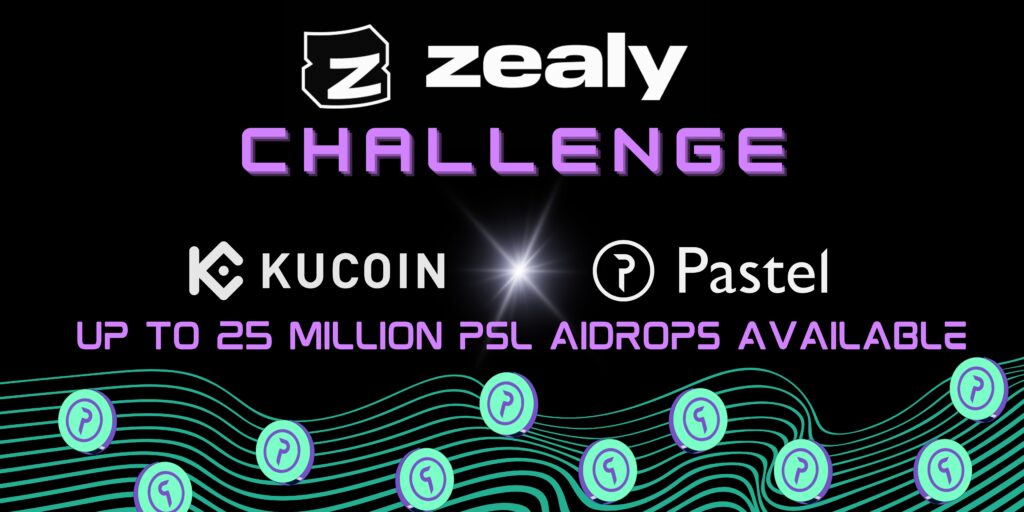The financial and banking sector has long been a cornerstone of the global economy, providing essential services such as payments, lending, and wealth management. However, this industry is on the cusp of a profound transformation, thanks to the disruptive power of blockchain technology. As blockchain continues to evolve, it is set to reshape the very foundations of finance and banking, offering enhanced security, efficiency, and inclusivity.
Understanding Blockchain Technology
At its core, blockchain is a decentralized, distributed ledger technology that records transactions across a network of computers in a secure, transparent, and tamper-resistant manner. Each record, or “block,” is linked to the previous one, forming a chronological chain, hence the name blockchain.
Here are some key attributes of blockchain technology:
Decentralization: Unlike traditional financial systems, which rely on centralized authorities like banks, blockchain operates on a decentralized network. This means no single entity has absolute control, reducing the risk of manipulation or single points of failure.
Security: Blockchain employs cryptographic techniques to secure data, making it nearly impervious to hacking and fraud. Once a transaction is recorded, it is extremely challenging to alter or erase it.
Transparency: The entire transaction history on a blockchain is visible to all participants in the network, fostering trust and accountability.
Efficiency: Blockchain eliminates the need for intermediaries and streamlines processes, reducing both costs and processing times.
The Future of Finance with Blockchain
Payments and Remittances: Blockchain technology is revolutionizing cross-border payments and remittances. Traditional international transactions can be slow and costly, involving multiple intermediaries. Blockchain-based solutions offer near-instantaneous, cost-effective cross-border transfers.
Smart Contracts: Smart contracts are self-executing agreements with the terms of the contract directly written into code. They automatically execute when predefined conditions are met. This innovation has the potential to automate complex financial processes, such as insurance claims and loan origination.
Tokenization of Assets: Blockchain allows for the creation of digital representations of real-world assets, including stocks, real estate, and art. These digital tokens can be easily traded and divided, unlocking new possibilities for fractional ownership and liquidity.
Decentralized Finance (DeFi): DeFi platforms leverage blockchain technology to create decentralized alternatives to traditional financial services like lending, borrowing, and trading. Users can participate in DeFi without relying on banks or intermediaries.
The Future of Banking with Blockchain
Identity Verification: Blockchain offers a secure and tamper-proof solution for identity verification, reducing the risk of identity theft and fraud. Banks can leverage blockchain to enhance customer onboarding and compliance processes.
Supply Chain Finance: Blockchain’s transparency and traceability are invaluable in supply chain finance. Banks can use blockchain to validate the authenticity of goods and streamline trade financing.
Digital Identity: Blockchain can serve as a secure repository for digital identities, allowing individuals to control and share their personal information with trusted institutions, enhancing security and privacy.
Reduced Settlement Times: Blockchain enables real-time settlement of financial transactions, reducing the need for lengthy clearing and settlement processes.
Challenges and Considerations
While the future of finance and banking with blockchain is promising, it also faces challenges:
Regulatory Compliance: The regulatory environment for blockchain and cryptocurrencies is evolving. Banks and financial institutions must navigate complex and changing regulations.
Scalability: As blockchain adoption grows, scalability becomes a concern. Some blockchains struggle to handle high transaction volumes efficiently.
Security: While blockchain technology is inherently secure, vulnerabilities can still emerge, such as smart contract bugs or security breaches on exchanges.
In Conclusion
Blockchain technology is ushering in a new era of finance and banking, characterized by enhanced security, efficiency, and accessibility. As the technology continues to mature and regulatory frameworks adapt, we can expect to see a more inclusive and innovative financial landscape that empowers individuals and institutions alike. The future of finance and banking is being shaped by the blockchain revolution, and the possibilities are boundless.
